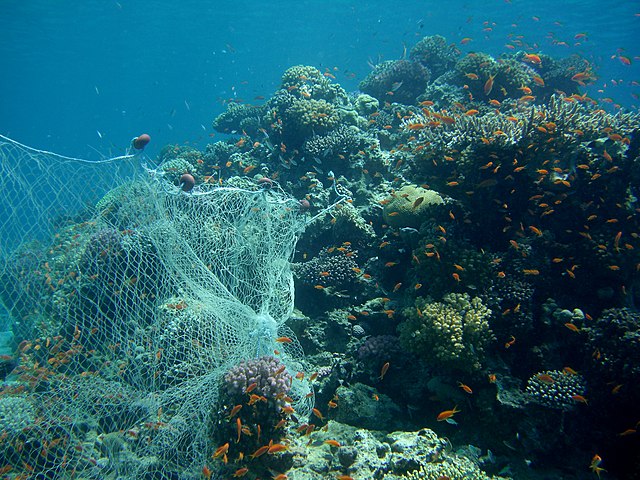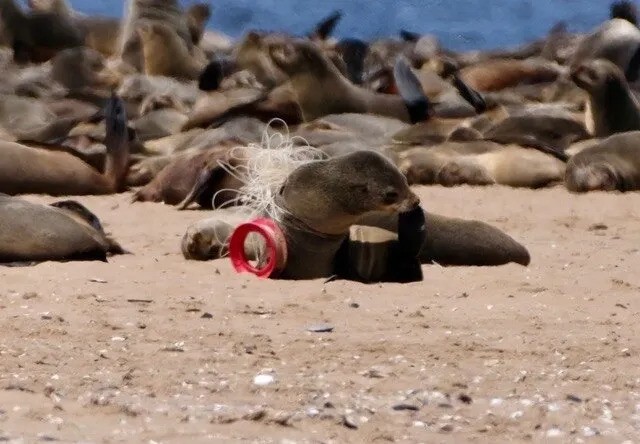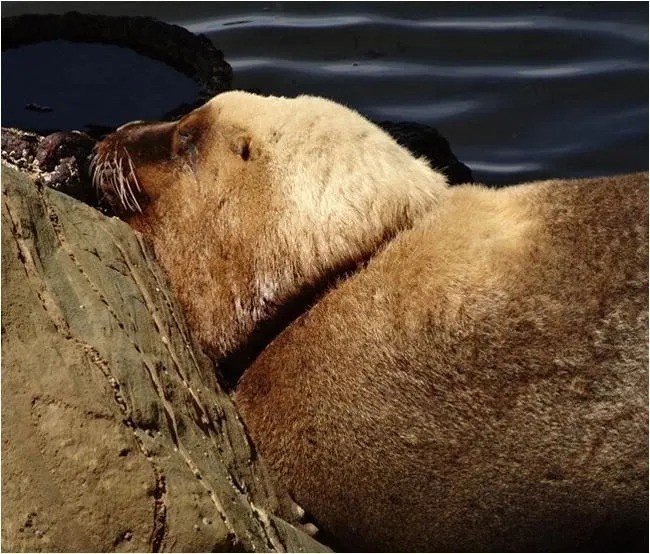Reach us: New York 18794, United States. 4568
Call us :
Reach us: New York 18794, United States. 4568
Ghost gear is any fishing gear, nets, rope, fishing lines, hooks or traps that have become abandoned, lost or discarded in our oceans, seas and rivers. It continues fishing even though humans are no longer controlling it, which has severe and damaging consequences for marine species such as turtles, seals, fish and even whales. Because most modern fishing gear is made of plastics, which take 600 years to break down, it is one of the most harmful components of marine debris in our oceans. Once more, up to 70% of macroplastics in the ocean are fishing-related! Plastic is the leading marine pollutant, making up a staggering 80% of all marine debris. It is found in every ocean and sea, across both surface waters and even deep-sea sediments! Modern fishing equipment is commonly made of nylon, polyethene and polypropylene because they are cheap and resilient to biodegradation in the marine environment; however, these qualities make them deadly when they become lost, discarded or abandoned and become ghost gear.
Standard Synthetic fishing gear is buoyant in sea water and so often drifts out in open sea. As it gains entangled catch and organism growth (biofilm), it increases in weight and sinks to the ocean floor. Scavengers and Decomposers consume the carcass and any biofilm, so it becomes buoyant and rises to the surface again to begin the ghost fishing cycle again. Without human intervention, this cycle will continue until it becomes entangled on a reef or is washed to shore.

image credit : Dr Nina Wotton, University of Adelaide , 2018
Ghost fishing is a dynamic and complex problem that does not acknowledge national or political boundaries, making it difficult to manage. Changing currents, tides, winds, weather, and the weight of catch make it tricky to estimate where gear could end up; further, without knowledge of who abandoned the gear in the first place and triggered these catastrophic environmental impacts, companies cannot be held accountable, which is why Think Ocean is focusing on Stop at Source technologies to prevent marine debris from entering our oceans.
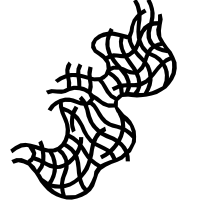
Ghost fishing is indiscriminant and can have devastating consequences for all marine species it comes across. Marine animals can become entangled within nets and ingest fishing lines/hooks. Marine mammals can suffer forced submersion, preventing them from coming up for oxygen, as well as severe lacerations around the neck and fins and other life-threatening injuries, which can often lead to death. It is widely estimated that ghost nets kill up to 650,000 marine animals annually. However, scientists now think it is much higher. Furthermore, even if the animal escapes, it may later die from related injuries or infection.
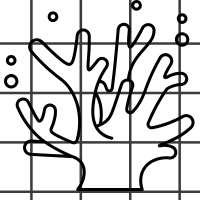
Ghost gear can also accumulate sessile organisms, like algae, bacteria, barnacles and amphipods, as nets and ropes provide an excellent rigid substrate for a range of organisms to thrive, called biofouling. This can be dangerous as it can spread invasive species of micro and macroorganisms globally, potentially increasing the prevalence of disease and parasites and altering the natural balance of an ecosystem. As the Gear moves across the ocean through different currents and Gyres, it collects and distributes thousands of other organisms and species of unknown consequence for the places it passes through and its destinations.
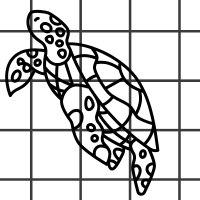
The Olive Ridley Turtle and the Leatherback turtle are two of the most frequently entangled marine turtle species globally. They are highly susceptible to nets compared to other fishing materials. As adults, these turtles migrate long distances across the ocean, seeking natural and algal mats along the currents they follow. Ghost gear stuck in these currents covered in algae can attract and confuse the turtles in search of rest and food and trap them. This is dangerous as it is often days or weeks before they drift close to shore, where they may be rescued and consequently suffer from malnourishment, strangulation, amputation of the fins and even death.
Entanglement is a severe concern for endangered species such as the North Atlantic Right Whale (Eubalaena glacialis), which has a decreasing population estimated to be only 366 individuals (IUCN, 2021). Over 19 years, researchers documented 648 instances of North Atlantic Right Whale entanglements in ghost gear, with no North Atlantic Right Whale Calves born in 2018. Researchers fear that the population size will decrease and threats from entanglement will mean the population could disappear in thirty years. Entanglements also threatened the Humpback Whale after populations drastically reduced in the 1970s due to commercial whaling. Since then, four of the 14 distinct humpback populations have been listed as endangered and one as threatened. This is primarily attributed to the rising threat of entanglement in fishing gear.
